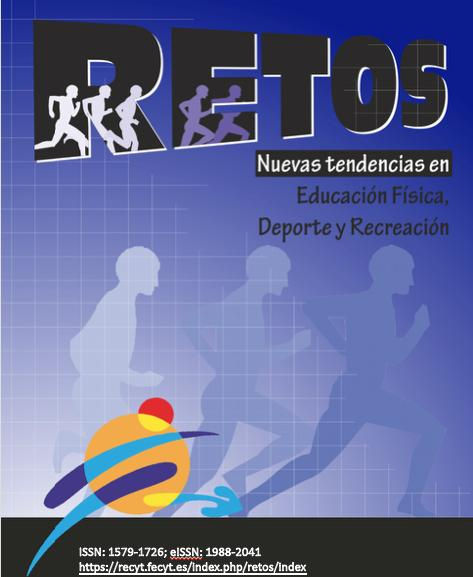Effectiveness of maximum, explosive and combined strength training on endurance runners performance indicators: a systematic review and meta-analysis
DOI:
https://doi.org/10.47197/retos.v58.106992Keywords:
endurance, running, concurrent training, maximum strength, explosive strengthAbstract
Objective: This study aimed to analyze the effect of practicing maximum strength (MAX), explosive strength (EXP), or both combined (COMB) on seven runners’ performance indicators: vertical jump (VJ), one-repetition maximum squat (1RM), peak velocity/peak running speed (PV), lactate threshold (LT), middle-distance time trial (TT), maximum oxygen consumption (VO2max), and running economy (RE). Methods: A systematic review (Scopus, Web of Science, Sports Discuss, PubMed) with meta-analysis was conducted following PRISMA standards. Inclusion criteria (PICOS) were: Recreational or well-trained athletes aged 18-45 performing concurrent training for at least five weeks. The search terms used were related to different types of strength/endurance and participants’ age and sports modality. Twenty manuscripts were selected, and quality assessed with PEDro. Results: MAX training is more effective than EXP and COMB in improving VJ, 1RM, and PV, while COMB is more effective than MAX and EXP to enhance TT. MAX is more effective than EXP in improving LT. Concurrent workouts do not provide additional benefits to VO2max. It is unknown which strength modality (MAX, EXP, or COMB) is more effective in improving RE. Conclusion: Concurrent training is more effective than single-mode endurance training for enhancing specific performance variables in adult endurance runners. Middle- and long-distance runners may consider incorporating MAX training to target specific goals (i.e., improving VJ, 1RM, LT, PV) while utilizing COMB training to enhance TT. Certain variables may benefit from EXP. New randomized controlled trials are required to confirm these findings.
Keywords: endurance, running, concurrent training, maximum strength, explosive strength
Downloads
Published
How to Cite
Issue
Section
License
Copyright (c) 2024 Retos

This work is licensed under a Creative Commons Attribution-NonCommercial-NoDerivatives 4.0 International License.
Authors who publish with this journal agree to the following terms:
- Authors retain copyright and ensure the magazine the right to be the first publication of the work as licensed under a Creative Commons Attribution License that allows others to share the work with an acknowledgment of authorship of the work and the initial publication in this magazine.
- Authors can establish separate additional agreements for non-exclusive distribution of the version of the work published in the journal (eg, to an institutional repository or publish it in a book), with an acknowledgment of its initial publication in this journal.
- Is allowed and authors are encouraged to disseminate their work electronically (eg, in institutional repositories or on their own website) prior to and during the submission process, as it can lead to productive exchanges, as well as to a subpoena more Early and more of published work (See The Effect of Open Access) (in English).
This journal provides immediate open access to its content (BOAI, http://legacy.earlham.edu/~peters/fos/boaifaq.htm#openaccess) on the principle that making research freely available to the public supports a greater global exchange of knowledge. The authors may download the papers from the journal website, or will be provided with the PDF version of the article via e-mail.


